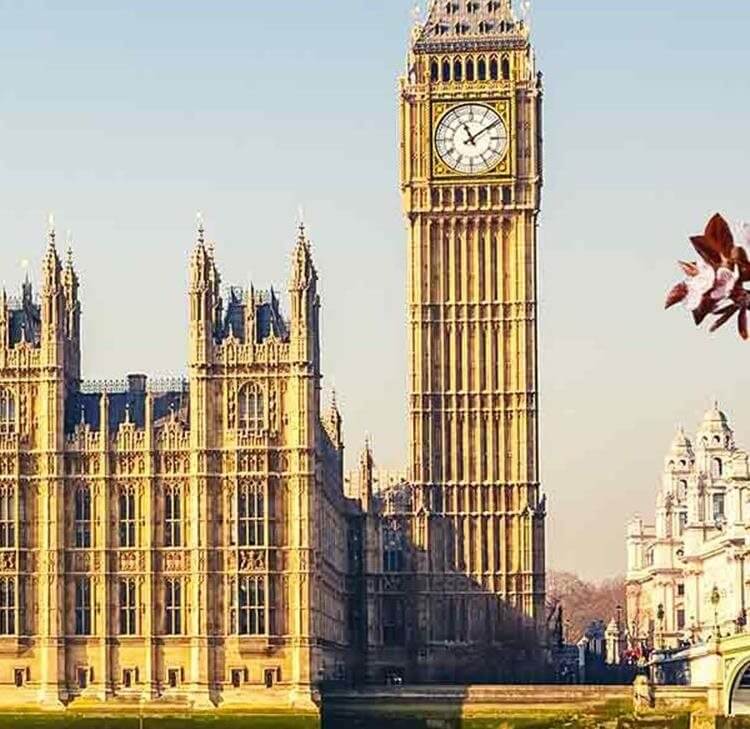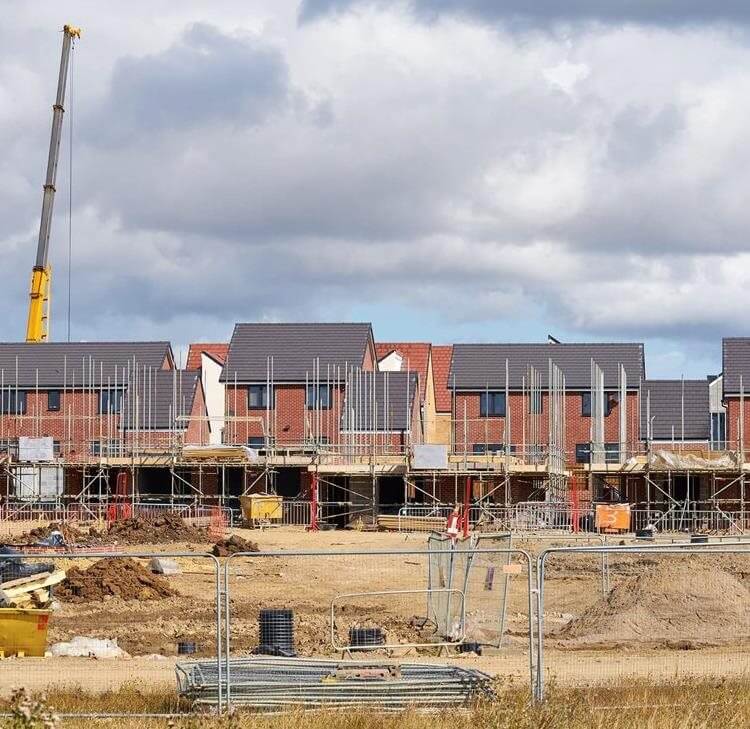Updates to the Selection Questionnaire standard template and guidance
The Selection Questionnaire (SQ) has been updated on many occasions to keep up with changes in law and policy or following feedback from buyers and suppliers to improve the selection process.
The Procurement Policy Note (PPN) 03/23 published by the Cabinet Office on 9 March 2023 updates the Selection Questionnaire and accompanying statutory guidance. This latest PPN replaces PPN 08/16 and Contracting Authorities have until 1 April 2023 to implement it but can do so immediately.
The Selection Questionnaire is split into three parts:
- Part 1 relates to basic information about the potential supplier which the Contracting Authority will need to know;
- Part 2 covers self-declarations and whether any exclusion grounds apply; and
- Part 3 requests for the potential supplier to provide evidence of their economic and financial standing and evidence of their technical and professional abilities in the form of a self-declaration.
PPN 03/23 updates Part 2 so that the Selection Questionnaire template responses are formatted as self-declarations rather than simple yes/no answers as previously used.
The changes to the Selection Questionnaire are:
Clarity on changing the wording of questions:
The PPN PPN 03/23 provides clarity on the changes Contracting Authorities can make to the wording of the questions within the Selection Questionnaire. Specifically, Annex A ‘Guidance on the Selection Stage Process, Including Standard Selection Questions’ (Annex A) provides:
1. Contracting Authorities can rephrase the questions within the Selection Questionnaire to fit the style and format of their e-procurement system; however, any rephrased questions must ask potential suppliers for the same information as set out in the original Selection Questionnaire standard questions.
2. Parts 1 and 2 of the Selection Questionnaire are mandatory and Contracting Authorities must include these questions in their template Selection Questionnaire published to potential suppliers.
3. It is possible for a Contracting Authority to deviate from the questions in Part 3 of the standard Selection Questionnaire. If any deviations are made, the Contracting Authority must report these to the Domestic Policy Queries (the DPQ) email address (domestic-policy-queries@cabinetoffice.gov.uk) with a covering letter or email. Any deviations must have been approved by the Head of Procurement or the equivalent at the Contracting Authority before the deviation is submitted to the DPQ.
4. As referred to in paragraph 2, the questions in Part 1 and Part 2 of the Selection Questionnaire are mandatory and cannot be omitted, nor can any additional questions be added to these sections. If a Contracting Authority makes changes to the standard questions or instructions throughout the Selection Questionnaire, this is a reportable deviation and a Contracting Authority must report it to the Cabinet Office (see contact details above at paragraph 3). A Contracting Authority must also report if any additional questions are included which are not specific to the individual procurement.
5. The following do not need to be reported:
- project-specific questions developed in line with the PPN;
- amendments to make the questions compatible with e-procurement systems; and
- standard questions which a Contracting Authority decides to omit.
6. If a Contracting Authority is procuring a works contract (including the procurement of mixed contracts that include supplies and services) the PPN guidance suggests that the Common Assessment Standard (CAS), or PAS91, should be used instead of the standard Selection Questionnaire template. The CAS is designed to be used when procuring works, services and/or goods from construction companies and other related industries due to the questions being tailored to these industries. When looking at a contract for works, a Contracting Authority should review the questions in the Selection Questionnaire, CAS, and PAS91 to check which are the most relevant and proportionate to the contract being procured. Similarly, Contracting Authorities need to ensures equivalent standards are permissible and there is a level playing field for all types of suppliers.
Clarity on what is meant by “relying on another organisation” to meet the selection criteria:
7. Paragraph 30 of Annex A confirms that when completing ,Part 3 of the Selection Questionnaire, it is possible for a potential supplier to rely on other organisations to meet the selection criteria. As highlighted above, Part 3 relates to potential suppliers providing a self-declaration that they have sufficient economic and financial standing, and of their technical and professional abilities. Regulation 63(1) of the Public Contracts Regulations 2015 (PCR) allows for potential suppliers to rely on other organisations for the purposes of completing Part 3. In line with Regulation 63(5) of the PCR, a Contracting Authority may require that the economic operator and other entities that assist with completing the questions be held jointly liable for the execution of the contract.
Clarity for Contracting Authorities on seeking information from groups of suppliers:
8. Annex A paragraphs 54 to 57 (inclusive) provide guidance for potential suppliers who are bidding on behalf of a group/consortium or if they intend to use subcontractors. In these circumstances, the responses to Part 1 of the Selection Questionnaire (where a brief overview is provided of the potential supplier) must highlight who the lead member of the group/consortium is and who will be contractually responsible for delivery of the contract. If a supplier group intends to set up a separate legal entity to enter the contract, then information needs to be provided regarding the proposed shareholdings in the new legal entity, the proposed name of the entity, and the group’s operational structure.
9. The PPN 03/23 guidance confirms that the Selection Questionnaire can either be completed by the lead member of the group/consortium or by each member of the group/subcontractor, individually. If a single response is being provided on behalf of the whole group, this will need to refer to the economic and financial standing and/or technical and professional ability of each group/consortium member, where appropriate, as opposed to being referred to as a collective. If each member of the group/consortium and/or subcontractor is to complete their own Selection Questionnaire, then confirmation must be provided as to how their scores will be weighted and combined when looking at the overall group. The Contracting Authority would need to set this out in its procurement documents.
10. If consortium or subcontracting arrangements change, such changes need to be reported during the procurement process through updates to the Selection Questionnaire. The Contracting Authority should highlight that they reserve the right to right to deselect a potential supplier or a group/consortium prior to any award of contract based on an assessment of the updated information provided in the Selection Questionnaire.
Amendments to financial questions and checks:
11. Part 3 of the Selection Questionnaire requires Contracting Authorities to check the economic and financial standing of any potential suppliers. Contracting Authorities have discretion to amend, add or remove questions in Part 3, depending on the amount of evidence they require to assess the economic and financial standing of a potential supplier. Contracting Authorities must ensure that Part 3 states the minimum economic and financial standing requirements and selection criteria they require (which must be proportionate), and include information of how this is assessed.
12. If, following the submission of an Selection Questionnaire, the Contracting Authority believes that further information is required, this can be requested from the potential supplier so long as it is relevant to the subject matter of the contract, it is proportionate, and it is reported as a deviation (in line with paragraph 3 above).
13. For smaller companies, the Contracting Authority could permit them to rely on a parent company’s financial standing where the parent company can provide a guarantee as a means of security. Finally, for central government authorities, the contract tiering tool should be used as set out in paragraph 61 of Annex A of PPN 03/23.
Introduction of health and safety questions:
14. Paragraphs 70 to 72 (inclusive) of Annex A provide information regarding health and safety questions that have been added to the Selection Questionnaire. These questions are optional and have been added to Part 3 of the Selection Questionnaire so that Contracting Authorities have the option to ask questions in relation to a potential supplier’s ability to manage health and safety.
15. The level of relevant experience and capability for managing health and safety risks may vary, depending on the risk, size and complexity of the Contracting Authority’s requirements. The PPN refers to the Health and Safety Executive’s website, which provides guidance in relation to appropriate and proportionate health and safety management.
Introduction of supply chains questions:
16. Part 3 of the questionnaire has been amended to include questions regarding subcontractors and supply chains. If a potential supplier will be subcontracting a portion of the contract, they will be required to provide evidence of the subcontractor’s ability to deliver the contract; for example, the potential supplier must provide an example of the subcontractor delivering a similar contract in the past. If a contract is being entered into by central government (those worth £5 million and above per annum), then the Contracting Authority may ask potential suppliers to provide evidence of how they will maintain a healthy supply chain. This includes providing evidence of how subcontractors will be paid, how the supply chain will be managed, and how to track the performance of the contract.
Introduction of data protection questions:
17. Part 3 of the Selection Questionnaire has also been amended to include questions regarding data protection. If a contract will involve the processing of personal data, then the relevant questions in Part 3 should be included. The purpose of these questions is to include selection criteria which will enable the Contracting Authority to consider suppliers’ technical and professional ability to implement the appropriate technical and organisational measures to comply with the UK General Data Protection Regulation, the Data Protection Act 2018 and, where applicable, the EU General Data Protection Regulation.
Questions to be used primarily by Central Government:
A) Introduction of additional requirements for modern slavery and clarity on handling responses to questions on the Modern Slavery Act:
18. There have been some amendments to the Selection Questionnaire which are tailored primarily to central government authorities. Central government authorities should use the Financial Viability and Risk Assessment Tool (FVRS) to assess whether any modern slavery risks apply to the contract, and to ensure such risks are clearly identified and appropriately managed.
19. If there is a high risk of modern slavery occurring, the Contracting Authority must request that bidders submit detail regarding their supply chain members and submit self-declarations for each of those supply chain members. This means that Part 1 and Part 2 declarations will need to be completed from the bidder’s supply chain members also. It is up to central government Contracting Authorities to confirm to bidders how far down a supply chain they want to collect this information. The PPN refers to the Procurement Policy Note 02/23 — Tackling Modern Slavery in Government Supply Chains for further information regarding this issue.
B) Introduction of questions related to reducing carbon emissions:
20. If a central government authority is entering a contract which is worth £5 million or more per annum, it has the discretion to request that potential suppliers provide information regarding their commitments to achieving net zero status by 2050. There are standard questions listed in Part 3 which can be used where appropriate. The PPN refers to the guidance note Procurement Policy Note 06/21 — Taking account of Carbon Reduction Plans in the procurement of major government contracts for further information regarding carbon emission questions.
C) Introduction of updated payment questions:
21. Finally, the PPN refers central government authorities to the Procurement Policy Note 08/21 — Taking Account of a Bidder’s Approach to Payment in the Procurement of Major Contracts for information regarding payment approaches in procurement of major government contracts. The PPN provides guidance where there is a supply chain being used in a high value contract (above £5 million per annum excluding VAT) and the methods that can be used to assess the payment plans and their reliability.
Contracting Authorities should familiarise themselves with the changes to the Selection Questionnaire and ensure that they align the version of the Selection Questionnaire they use with these latest amendments, at the latest, by 1 April 2023. The guidance provided through this PPN will also be useful to Contracting Authorities in respect of their procurement processes and procurement documents.










































